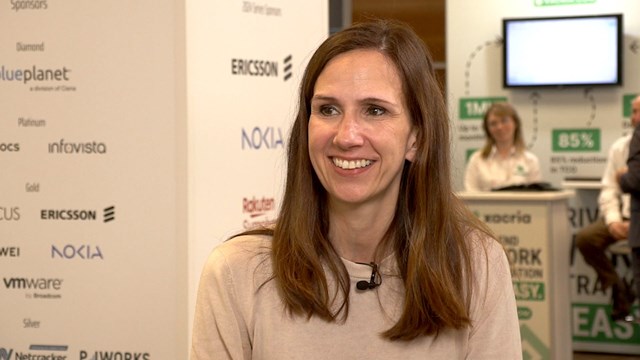
via Flickr © Alison Christine (CC BY 2.0)
- Bad coverage in rural areas has always been a running sore
- Some sort of imaginative sharing or roaming deal was the most likely cure
- But finding one that would work while summoning the political will to force it home have been lacking
- Perhaps now?
After years of hand-wringing and vociferous agreement that ‘something must be done’ about rural mobile coverage in the UK, something has.
The four main mobile operators have announced a deal that will see them jointly develop rural mobile coverage and eliminate ‘not spots’ (where no coverage is provided at all). They will receive a £500 million government sweetener to provide impetus for the change in competitive approach.
The target is for EE, O2, Three and Vodafone to provide almost total rural coverage between them, with a facilities sharing deal in marginal rural areas to reduce costs, together with joint or shared new investment in infrastructure to extend coverage where necessary. The objective is to provide service to an extra 280,000 homes and businesses and 16,000km of roads. The companies plan to spend £530 million in addition to the government’s £500 million to get there.
As in much of the rest of the developed world, the UK mobile operators have been under sustained political pressure for about a decade to come up with a rural coverage solution. Since it clearly wasn’t economically viable to have each operator (four of them in the UK) build out their networks to cover even the most sparsely populated regions, the operators have long been urged to develop some sort of sharing arrangement.
They have, up to now, been unable to agree one, but with the understanding that the government and regulator would force a dreaded national roaming obligation if they weren’t able to produce a viable alternative, a deal has appeared, albeit one with a few loose ends needing to be tied.
The need to look dynamic
The government’s current political strategy is to look confidently busy and able to “get things done” as it tries to push through its Brexit deal. This announcement is part of that effort. But because of a clear need to show progress it’s possible that it has given away more than it might have. For instance, Ofcom is to drop strict coverage requirements from the rules for the next 5G spectrum auction, which implies that new deals (possibly with more government cash) will need to be agreed if the rural areas are to get 5G extended to them any time soon.
Certainly, the government is in triumphant mood. According to UK Digital Secretary, Nicky Morgan, "Brokering an agreement for mast sharing between networks alongside new investment in mobile infrastructure will mean people get good 4G signal no matter where they are or which provider they're with.”
But she quickly added that it wasn’t yet a done deal and that she wanted “to see industry move quickly so we can reach a final agreement early next year."
So in Brexit terminology, this is more like a political declaration with much more negotiation required to reach a comprehensive notspot settlement.
In the comments made so far there is talk of ‘mast sharing’ as the basis of the money-saving part of the agreement, but where new build is required there may be the opportunity to experiment with so-called ‘active’ sharing of RAN components - where a single mast and its antennas and base station equipment is able to share the actual telco services - to win even more savings.
Participants are bullish and anxious to take credit. Vodafone, for instance, says the agreement will see 4G being made available to 95% of the UK landmass by 2025. That’s on top of the 99% population coverage Vodafone already delivers, it adds.
It says it intends to make as many sites as possible ‘5G-ready’ which implies that it may be able to move 5G into rural areas in reasonably short order, claiming it already has the service in more places than any other operator and intends to extend its network to further rural areas over the next few years.
O2 seems to suggest that it was the prime mover of the new approach.
“Some people doubted that we would be able to agree a move away from ‘command and control’ to a collaborative agreement around the shared objective of maximising investment in rural areas to drive up coverage,” Derek McManus, Chief Operating Officer at Telefonica UK (O2) is credited with saying. “It has taken nearly a year but – working closely with the other three mobile operators – we have done it.”
Email Newsletters
Sign up to receive TelecomTV's top news and videos, plus exclusive subscriber-only content direct to your inbox.




